Two years ago, Apple surprised the world with the tech-laden, $999 iPhone X. The usual suspects complained about its stratospheric pricing and assured their audiences that there was no chance it would gain traction because "some users" were assumed to find it too expensive. But this year, Apple made an even better version of that phone available to the masses at the standard $650 iPhone pricing from 2016. Here's how, and why, it matters.
The incessant predictions by Bloomberg and the Wall Street Journal about the unaffordability of iPhone X were not just grossly wrong, they also also failed to grasp the direction Apple and its platform were moving. In tandem, major media outlets — and many attention seeking analysts — desperately tried to make the case that phones should be cheap and Apple was doing it all wrong; that it should be following the lead of Google and its Android partners. In reality, these people were all disastrously wrong.
Technology that goes to 11
This year, it's unmistakably clear that Apple has taken what was the far off future in 2017 and drilled the production price down to make it broadly affordable, mass market tech in 2019. It's not just a matter of price slashing. Apple brought down the price of today's latest iPhone 11 by building and successfully selling massive volumes of its ambitious technology across the last two years.
iPhone 11 delivers even faster chips and sensors, a smarter camera with a new ultra-wide lens for capturing more in your shots, a distinctive case design in a variety of new colors, and — in typical Apple fashion — a new kind of photo, the "Slofie," that gives users another dramatic, flattering way to capture themselves and their friends.
There didn't seem to be ideal conditions in the hands-on area at this year's iPhone event to test Slofies, but it didn't matter. I was surprised to find how well the feature works nearly anywhere, even inside the Steve Jobs Theater with people walking around in the background. It's clever and thoughtful and super effortless to capture fun clips that make you look like you're selling shampoo on TV.
There are likely a few Android models that can can capture slow motion video on their front facing camera, but going forward, all of Apple's new iPhones will. That's well over 100 million users over the next year. So Apple didn't need to invent the concept — it is simply making it broadly available to everyone, creating a new way to present yourself that's distinctive.
Another new capture mode, the new Portrait Lighting effect that presents selfies or group shots with High Key Mono against a white background, shows off the technology portfolio Apple set up with the first Portrait mode on iPhone 7 Plus. Today that advanced feature, limited to its most expensive phone in 2016, is now broadly available to all modern iPhones with additional capture options that deliver a range of flattering, iconic shots for mobile photographers. Few other phones do anything like Apple's Portrait Lighting, with even Pixel being stuck with just a basic Portrait mode.
Apple also caught up with and neutralized the feature exclusives its competitors have been trying to sell, including the slow exposure Night Mode formerly promoted by Pixel and Honor brands — albeit something that hasn't successfully driven huge volumes of high-end sales. The iPhone 11 Night Mode is suggested by the Camera app when it makes sense — and automatically scales up to capture relatively short hand held captures of around 5 seconds. It can be used with a tripod to take incredible night shots that preserve remarkable detail in moonlit shots of people or landscapes.
The new iPhone 11 and its even fancier iPhone 11 Pro sibling both deliver the iconic experience of iPhone X — slick, polished, rounded and luxurious — with a new rear glass panel back that is refreshed in new finishes that make it distinctive for 2019 and appears to make it more resilient to damage. Using the new camera features is as effortless as the zoom was previously, with new video capture gestures that are instantly familiar and intuitive, and video capture quality that is jaw dropping. The Pro in particular has the lenses to capture video that looks like a studio shot commercial, even when hand held. That is incredible technology.
As with every year, the newest phones aren't something every iPhone owner will need to immediately rush out to buy — if that were the case, Apple would be selling around 800 million iPhones every year rather than around 200 million. But for everyone in the market for a new phone, the latest models provide substantial reasons to upgrade, and the numbers Apple will sell will continue to advance the state of the art driving the development of future models.
Pricing for everybody
A big part of making iPhone 11 affordable, starting at $650, is that its enabling technology was paid for by early adopters in the form of iPhone X. But the other principle that makes Apple's introductions and innovations impactful — rather than just an irrelevant feature few can actually make real use of — is Apple's mass production of premium technology, setting up economies of scale that drive the cost of advanced components down. This is a factor that few media personalities and analysts were able to articulate or even grasp, even though it is perhaps Apple's primary operating principle.
It wasn't just the new iPhone 11 that brought Apple best, high-end futuristic tech from two years and made it broadly affordable. Apple did the same thing with its entry level iPad yesterday, expanding its screen size, boosting its silicon horsepower, and adding Smart Connector keyboard support to its Apple Pencil driven tablet, effectively making its once-premium iPad Pro tech available to global consumers and to education users at a price point competitive with common PC laptops.
Similarly, what was recently Apple's most advanced Apple Watch — Series 3 — is now its $199 option behind the high end new Series 5 with its always on display and premium new finishes, including the return of ceramic and the new brushed titanium that looks as distinctive as a DeLorean. The "expensive gear" complaints that flog Apple's events every year have it all backwards: if it weren't for Apple selling price-insensitive early adopters on its most advanced tech each year, it simply wouldn't be possible for the company to keep reintroducing the same features a couple years later a prices anyone can afford.
Google has proven the opposite: its ultra cheap tablets and phones from a few years ago simply blew out yesterday's technology at a low price that kept Google from really achieving interesting things beyond its quickly abandoned, cheap hardware that disappointed buyers. Nexus went nowhere. It wasn't profitable for Google, it didn't build a base of happy customers, and it didn't move the needle in really advancing mobile technology.
Similarly, over the last two years of Apple introducing the premium class iPhone X and following up with the incrementally more affordable $750 iPhone XR and now $650 iPhone 11, Google's Pixel has languished a year or two behind Apple's most basic iPhones in silicon, camera lens features, video capability, and as a software platform, despite creeping upward in price.
Now, instead of offering users something like Apple's affordable but still drool-worthy iPhone 11 and the latest premium priced ultra posh iPhone 11 Pro, Google has slashed its Pixel pricing along with its technical ambitions to deliver the wholly mediocre Pixel 3a, with less advanced silicon and even less interesting technology. It's not going to have any impact on the state of the art.
The blind media narrative that was wrong on every count
Back in 2017, the surprise introduction of iPhone X was followed by an even greater surprise: that most iPhone buyers actually wanted to get the super high end new model, and were prepared to pay a substantial premium to carry such a personal luxury as their everyday phone, camera, GPS, pocket computer, credit card wallet, flashlight and personal selfie mirror. The rest of the phone industry had been banking on cheap, lower-end handsets that were "good enough" to do basic Facebook and Google Maps.
But Apple didn't just earn a one time windfall of billions of dollars for introducing its ambitious, premium-priced package of novel innovations. The profits from iPhone X also rapidly paid back the incredible upfront costs of designing and building the world's most advanced mobile processor silicon. They also funded the future of even more advanced chips, controllers, sensors and software driving a spectacular user experience that vaulted far above the "good enough" people's phone that the Android community was aiming to deliver as cheaply as possible — following the business model of cheap TVs that make most of their profits from spying on you.
Two years later, the divergent results of these two strategies are stark and unmistakable. After an "s" year upgrade that introduced two sizes of a refreshed iPhone X, branded as iPhone XS and the plus sized iPhone XS Max, paired by a cheaper version of the futuristic phone at a more accessible price point with iPhone XR, Apple is following up with a new product lineup for 2019 that brings the advanced tech iPhone X first introduced down to an even more affordable price — the same $650 tag that previous generations typically sold for — along with a super premium "Pro" model delivering even higher end camera features (and, finally, a fast charging 18 watt USB-C adapter in the box).
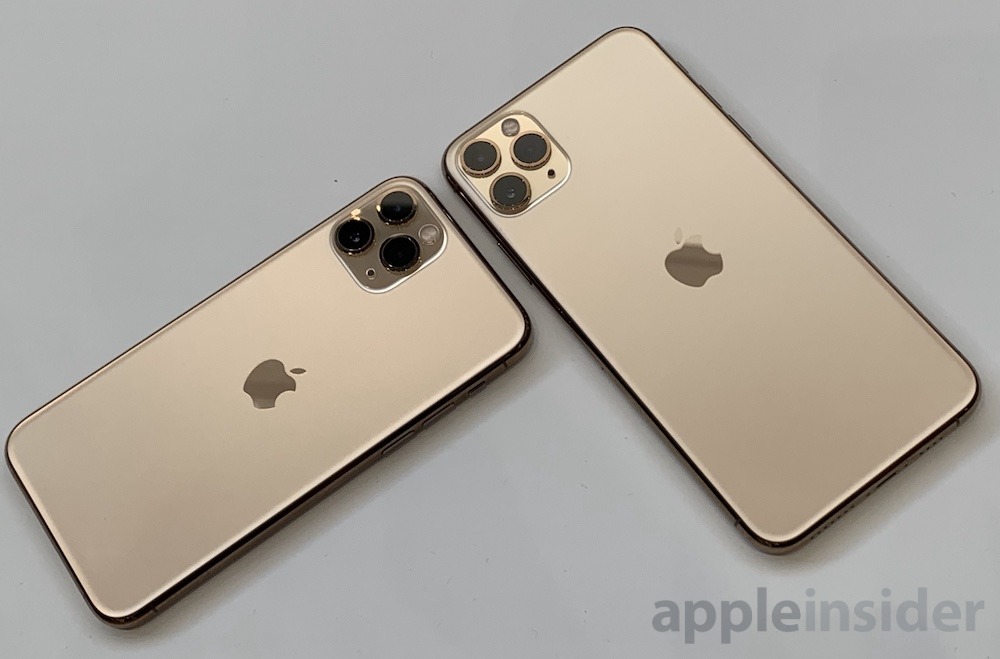 iPhone 11 Pro is even better but shares the same advanced silicon, making its new A13 Bionic cheaper to deliver
iPhone 11 Pro is even better but shares the same advanced silicon, making its new A13 Bionic cheaper to deliverThe blind media statistics that failed to understand economies of scale
None of the analysts fixated on price correctly predicted that the higher price of iPhone X would set Apple up with an advanced technical lead while also driving down pricing due to the vast economies of scale. It wasn't just Apple's premium pricing in 2017 that resulted in a high tier super phone at an affordable price in 2019: it was the scale of this production of premium technology.
While media research firms publish reams of charts showing Apple's per unit market share and volumes as perpetually behind the mass makers — currently Samsung and Huawei — only Apple is building hundreds of millions of high end phones every year. Everyone in Android land is mostly building sub-$200 handsets and middle tier models, with just a few million sales of premium devices. That's not enough to drive the economies of scale that Apple effectively uses to drive the price of advanced technology down.
That's also why Apple's mobile silicon competition is frittering away. Android failed to keep Texas Instruments, Nvidia and Intel from exiting the handset business, resulting in increasingly fewer sources of advanced silicon. Qualcomm, Samsung, Huawei and others are tuning their efforts to match what they are selling, which is mostly middle tier or lower devices with basic GPUs. When nobody can afford to use advanced silicon or put expensive sensors on their devices in high volumes, the problem amplifies: there are increasingly fewer sources capable of even making that high end tech.
That's why all the firms using Android still haven't caught up to Face ID. The same principle applies to other investments in advanced, integrated technology development — its why rivals are still struggling to offer instant messaging as slick as iMessage, or anything that works as well as AirPlay 2 or AirDrop, or capable of playing a large library of new Arcade games that are console quality, not just intended to make you watch ads or buy loot boxes to keep playing.
Apple's 200 million shipments of iPhones every year are mostly using the company's latest generation silicon. There's absolutely no Android maker who can claim anything close to that. They can't even ship the latest version of Android on most of their phones. There's no honest market research groups that will tell you that, because its not going to flatter their clients.
Scaling down luxury for the masses
Contrast Apple's current position with the fallout from the cheap trajectory of Androids over the past two years: rather than having advanced new silicon fully paid for and ready to ship to the masses, Android phones are scaling back their ambitions. Samsung has refocused its marketing on mid to low-end Galaxy A models with neutered specs. Google slashed the price of its Pixel 3 and pared off its hyped-up custom photo imaging silicon in order to pay for the price drop.
With iPhone 11, Apple has scaled down its luxury to make it broadly affordable. But it has incremented its technology a solid notch higher. Even the base model iPhone 11 gets Apple's best A13 Bionic silicon, which includes an even more advanced Image Signal Processor paired with new features driven by its advanced Neural Engine and new Machine Learning controller and accelerator.
Other phone makers are scaling down their already mediocre products just to sell units. You don't need an analyst to explain which strategy results in a better product for users, encourages them to remain loyal customers, to invest in the ecosystem, and to love their products. Androids are getting worse at the same price, while iPhones are getting dramatically more powerful at a range of prices where enthusiasts and professionals who aren't so price sensitive are subsidizing the advancement of everyone else's.
As Apple doubles down on its driving of the state of the art, will be increasingly difficult for Apple's rivals to change their unambitious trajectory.
 Daniel Eran Dilger
Daniel Eran Dilger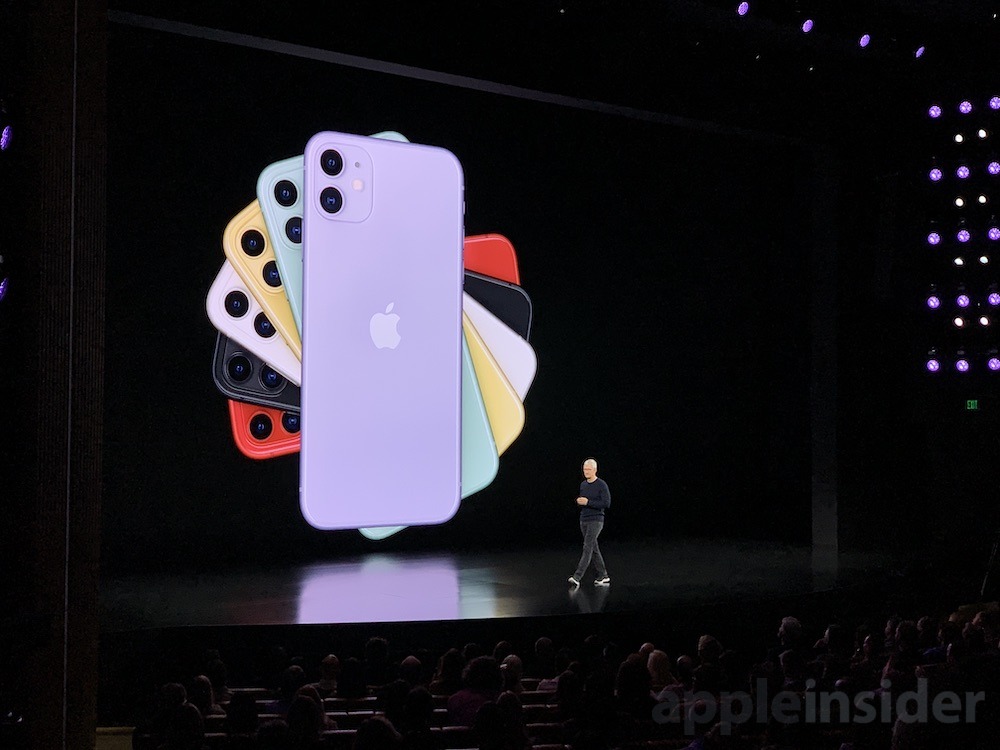
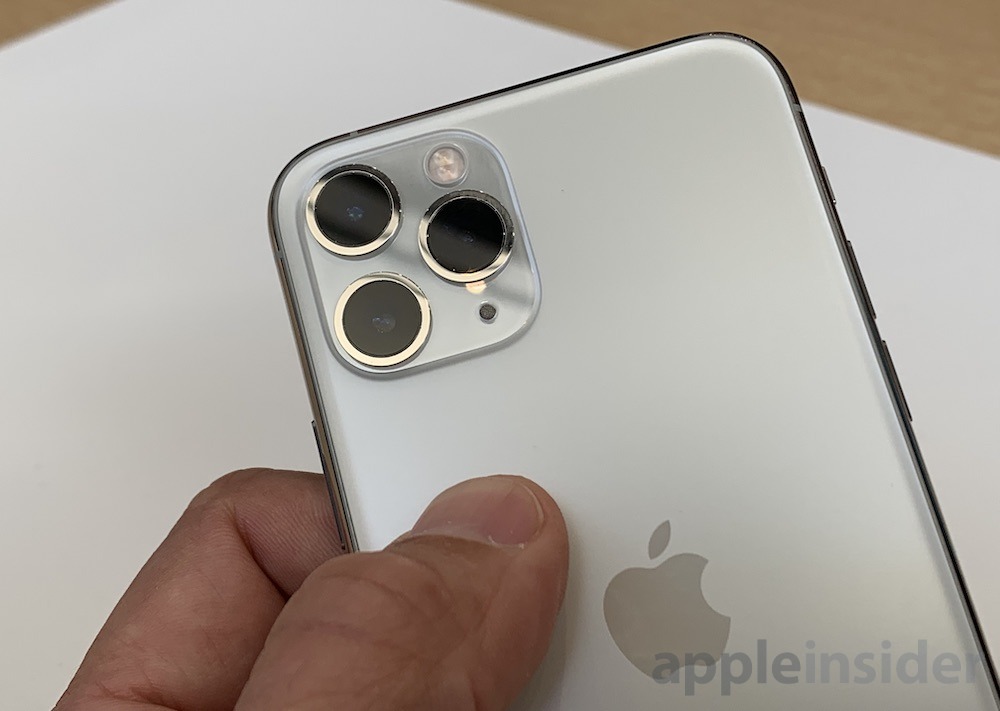
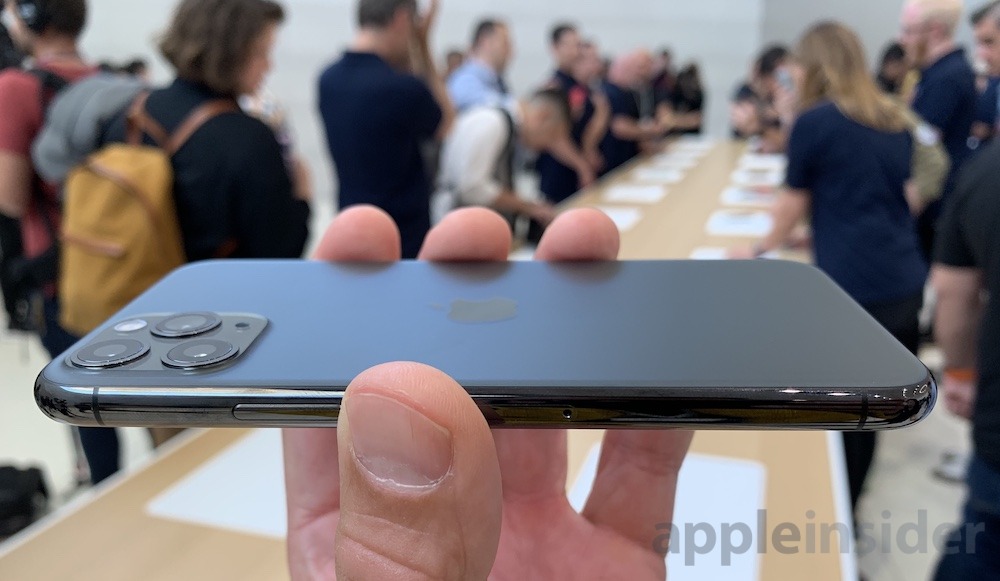
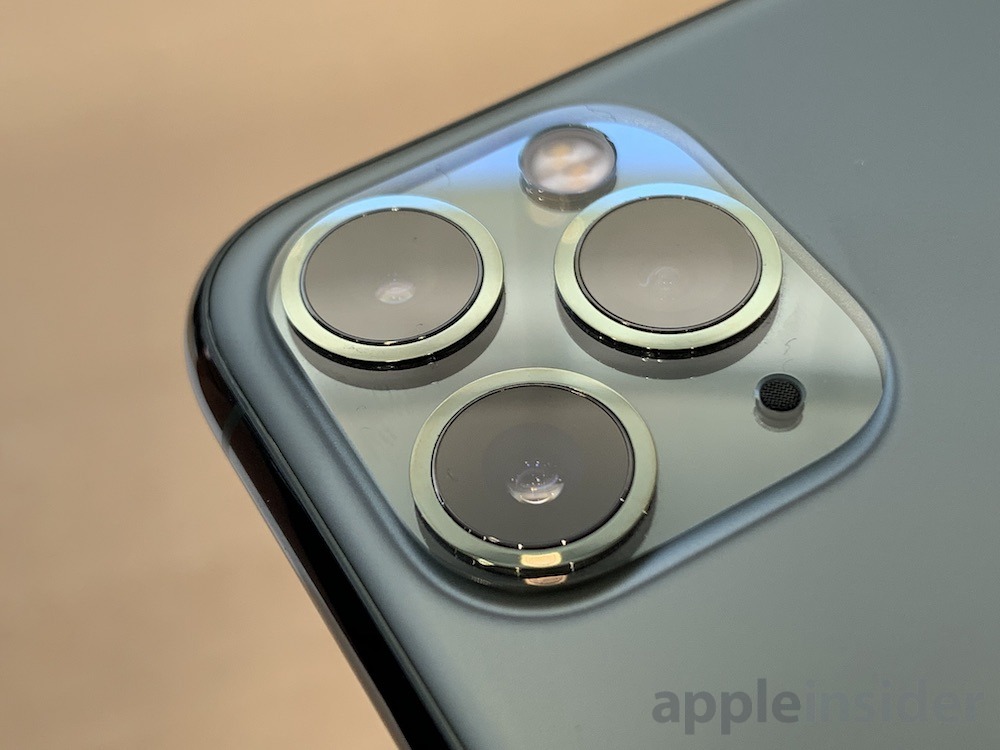
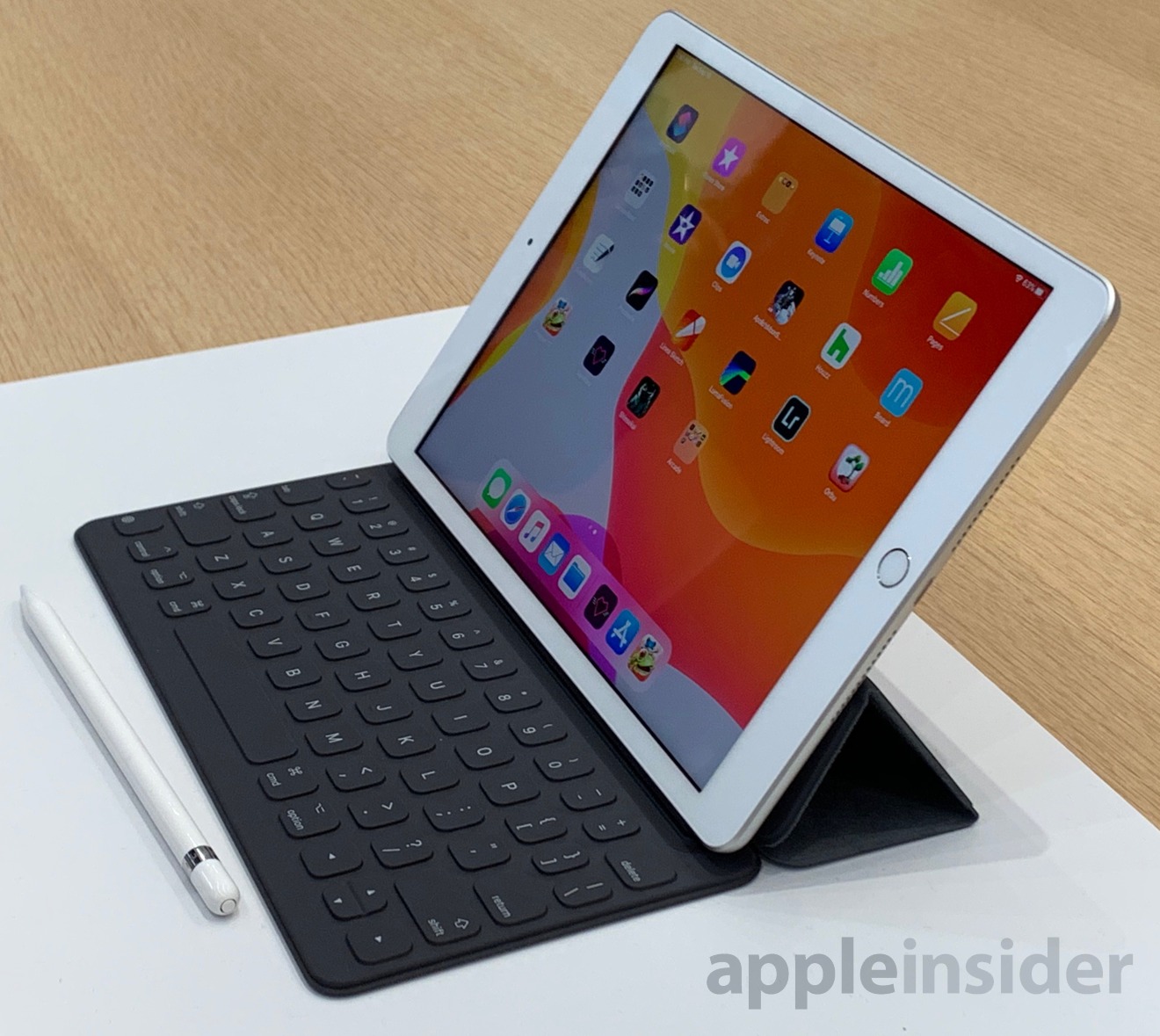
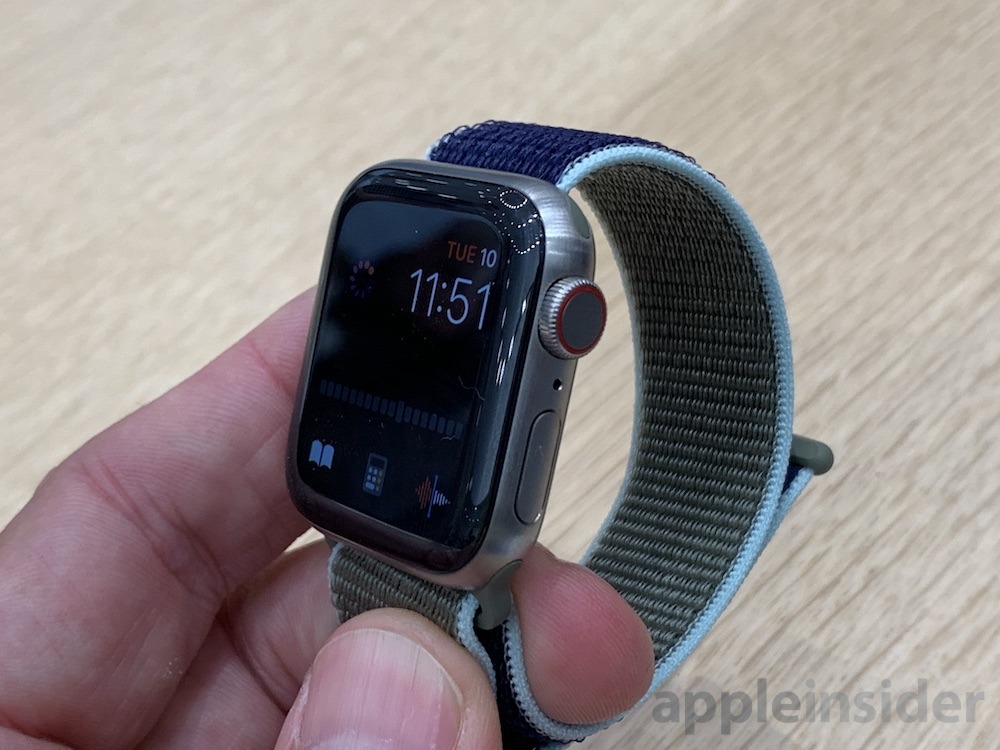

-m.jpg)





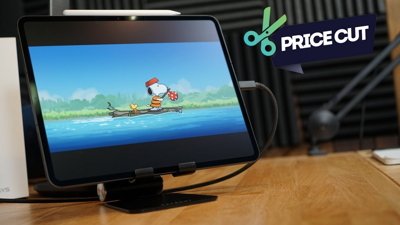
 Christine McKee
Christine McKee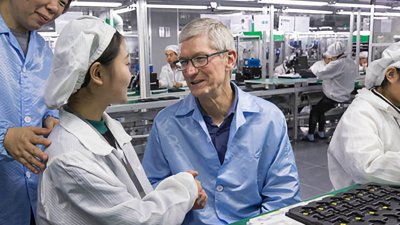
 Mike Wuerthele and Malcolm Owen
Mike Wuerthele and Malcolm Owen
 William Gallagher
William Gallagher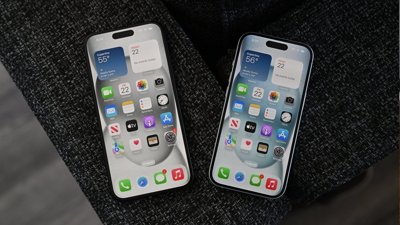
 Malcolm Owen
Malcolm Owen

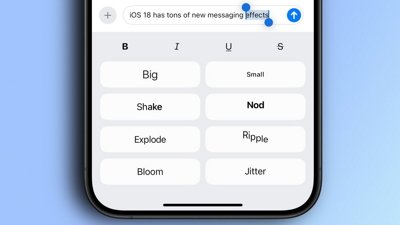
 Oliver Haslam
Oliver Haslam
 Amber Neely
Amber Neely

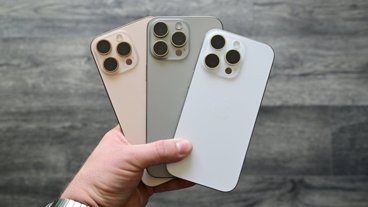







101 Comments
"The usual suspects" being potential customers, Apple fans and most of the mainstream media? All except DED basically.
Great article. One correction: the iPhone 11 price starts at $699 with 64GB, not $650.
Okay, I may trade in my X this year instead of waiting for 5G. Amazingly X value has held up, after taking a plunge last year for being discontinued. Still going strong but that battery and camera on 11 Pro is seductive. Then you figure free TV $60 discount and 3% back another $30 and X tradein maybe $510 plus and.... wow, suddenly I'm being economical. Reading a DED has its costs ;-$
Kinda hard to make the argument that the iPhone 11 is better in every way than the iPhone X when it still does not have some features of iPhone X (including an OLED screen and a 2x zoom lens). Also, you repeatedly say the price of iPhone 11 is $650 when it is really $699.
iPhone 11 is a great value for all the technology you get (just like iPhone XR was last year), but an article that repeatedly harps on how others were wrong should get some basic things right (including the grammar in the title).
This article reads like a diatribe from somebody who can't wait to say "I told you so" to the whole internet and then proceeded to hastily pound the keyboard as fast they could.
Oh, DED makes the Android fan-bois go "boo-hoo"...
Spot on analysis. When you're this far ahead, you can take risks that first adopters will be price-insensitive and subsidize later, more widespread adoption of otherwise cost-prohibitive technologies. You see it everywhere with Apple now...iPad mini getting Apple Pencil support, iPad getting Smart Keyboard and Pencil support, and on and on. Very smart of Apple to slacken the line now and make the 11 less expensive. There is a limit on how much and how fast such tech can be rolled out.